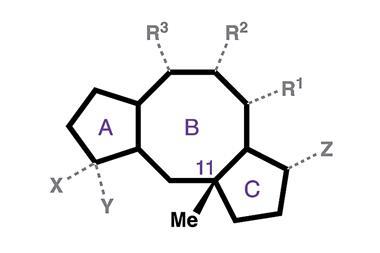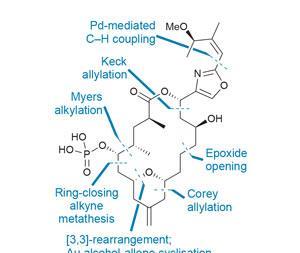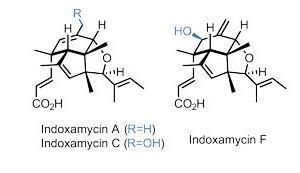A rearrangement reaction that shifts a carbon group by five atoms has been accidentally discovered by a team of chemists in Germany. Unlike most other such rearrangements that need temperatures above 200°C, this one works at room temperature.
The Claisen and Cope rearrangements are possibly the most common sigmatropic rearrangements. They are reactions in which one σ bond is broken while another is formed across a π system. Both Claisen and Cope are [3,3] rearrangements, meaning the shifting fragment moves by three atoms. Such rearrangements are often used to create molecular complexity in a total synthesis. They are also useful for controlling a compound’s chirality since they only produce single stereoisomers.
[1,5] rearrangements are much rarer than [3,3] ones. Most involve shifting of a hydride fragment, and they need temperatures above 200°C. Now researchers have accidentally discovered an unprecedented [1,5] carbon shift that proceeds at room temperature.
The team was working on isomerisations of deuterated chalcone derivatives when they observed the unusual carbon shift. Experiments revealed that a Lewis acid cyclises the chalcone, temporarily creating a cyclic ammonium enolate through an aza-Michael reaction. The carbon group bound to the nitrogen then shifts down five atoms, creating a tetrahydroquinoline-4-one derivative.
The reaction proceeds with complete chirality transfer and retains the shifting fragment’s configuration. When starting with a racemic compound, it produces a single diastereomer while starting with an enantiopure chalcone creates a single enantiomer.
References
G Wicker et al, Angew. Chem., Int. Ed., 2022, DOI: 10.1002/anie.202204378


















No comments yet